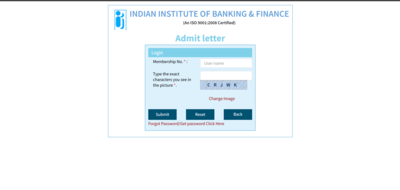Is affirmative action’s end wiping out Black student enrollment? New data says yes

America’s most prestigious universities are confronting a stark reality: The number of Black students in freshman classes is falling sharply. Two years after the Supreme Court banned affirmative action in admissions, the decline is visible across campuses that have long touted diversity as a hallmark of their identity. At some institutions, Black students now account for barely 2% of incoming classes. The change is more than a demographic shift, it is a signal that decades of progress in expanding access to elite education are at risk.This trend is not abstract. Dormitories, classrooms, and campus events that once reflected racial diversity now show a narrowing of perspectives and experiences. Universities that have historically served as pathways to leadership, professional influence, and social mobility are now seeing the representation of Black students shrink to levels that no longer mirror the population they aim to serve.
Stark declines across selective colleges
An analysis of 20 highly selective colleges shows that Black enrollment has dropped at nearly every institution examined. Harvard’s Black freshman share fell from 18% in 2023 to 11.5% this year, while Princeton dropped from 9% to 5%, marking the lowest proportion in over five decades. Caltech and Bates College reported only 2% of their new students identifying as Black.While a few institutions, such as Smith College, showed stability or modest increases, the overall pattern points to a clear decline. Hispanic enrollment has also decreased at certain schools, though the changes are less consistent. White and Asian American enrollment trends are mixed, highlighting that Black students have been the most affected by the recent shifts in admissions practices.The gap between high school demographics and elite college enrollment is striking. Black students make up roughly 14% of high school graduates nationwide, yet they represent only a fraction of students at some of the nation’s most influential universities.
Factors driving the decline
The drop in Black enrollment is shaped by multiple forces. Legal restrictions following the Supreme Court ruling have removed one of the primary tools for promoting racial diversity. At the same time, heightened federal scrutiny of admissions has prompted universities to approach recruitment and outreach with caution. Changes in federal financial aid systems and administrative challenges have further complicated access, reducing the number of Black students who successfully navigate the admissions process.Universities are now operating in a climate of uncertainty. Efforts to foster diversity that once included holistic consideration of applicants’ backgrounds are being reevaluated to avoid legal risk. These shifts have created a chilling effect: Institutions that previously invested heavily in inclusion are now constrained by both law and policy pressures.
Consequences for opportunity and equity
The decline in Black enrollment has far-reaching consequences. Elite colleges serve as gateways to leadership in law, politics, business, and academia. A shrinking Black presence threatens not only the diversity of thought on campus but also the broader goal of equal opportunity.Without deliberate action, the reduction in Black enrollment risks widening educational and social inequality. The trend highlights the structural challenges that continue to limit access for historically marginalized students, from admissions processes to financial aid barriers.Paths forwardUniversities are now facing a critical choice: Continue on a cautious path that prioritizes legal compliance but narrows access, or innovate new ways to foster inclusion. Strategies such as prioritizing students from lower-income backgrounds, eliminating legacy preferences, expanding support for first-generation students, and investing in outreach programs for underrepresented communities can help offset declines.The stakes are high. If elite colleges fail to adapt, they risk becoming increasingly homogeneous enclaves, disconnected from the society they are meant to serve. The decline in Black enrollment is a wake-up call, highlighting the need for institutions to rethink how they define merit, opportunity, and access in a post-affirmative action era.ConclusionThe decline of Black students at elite colleges is more than a numerical change—it is a warning about the fragility of access and equity in American higher education. The choices universities make today will shape the demographics, culture, and influence of these institutions for decades. Without decisive action, opportunity may narrow to a select few, leaving the promise of equal access unfulfilled.






